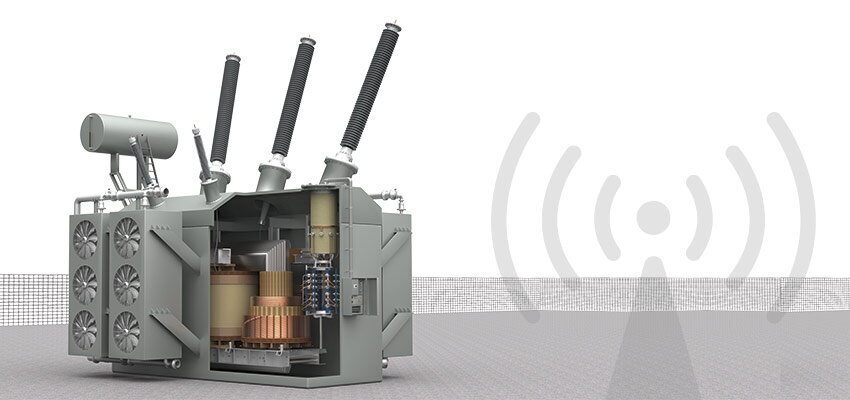
Electrical interferences in SFRA measurements
Abstract Power transformers are still among the most costly and critical components in an electrical power network. Thus, the importance of a reliable condition assessment...
byMichael RÄDLER, Stephanie UHRIG, Juan VELASQUEZ

Abstract
Power transformers are still among the most costly and critical components in an electrical power network. Thus, the importance of a reliable condition assessment of these assets increases due to the aging of transformer fleets. The Sweep Frequency Response Analysis (SFRA) has become an important standard test and provides comprehensive information about the mechanical and electrical integrity of the active part of power transformers. Electrical as well as geometrical changes in the magnetic core, the winding assembly and the clamping structure can be detected by a comparison of an actual measurement with a reference measurement. In contrast to traditional diagnostic methods, the SFRA is sensitive to external electrical interferences which may limit the comparability and can consequently lead to misinterpretation of the measurement results. For an optimum suppression of narrowband and broadband noise, software-based as well as hardware-based techniques can be utilized. This article discusses the theory of different noise sources and noise suppression techniques. Different case studies show the efficacy of measurements even in harsh conditions.
Keywords: Frequency Response Analysis, SFRA, noise, mechanical condition assessment, power transformer
1 Introduction
At the latest since the IEC 60076-18 (Edition 1.0) standard was introduced in 2012, the acceptance on the market for the Sweep Frequency Response Analysis (SFRA) method has increased and it has become one of the most common electrical tests for power transformers. It is a non-invasive, low-voltage diagnostic test, delivering comprehensive information about the mechanical and electrical condition of the active part of power transformers. Shocks caused by transportation, seismic activity, mains power failures, etc. can cause problems in the windings, contacts or transformer core. It turns out that the SFRA is the most sensitive method to detect such mechanical and electrical defects.
In order to perform SFRA measurements, typically a low output voltage between 0.1 V and 10 V is used – sometimes even in harsh conditions. Thus, the results obtained can be distorted by the influence of noise. In these cases it can yield to unnecessary maintenance or repair actions, triggered by misinterpretations of the results. Allowing even non-experts to distinguish between trace deviations caused by mechanical or electrical problems, as well as noise, this article focuses on the influence of noise in SFRA measurements.







